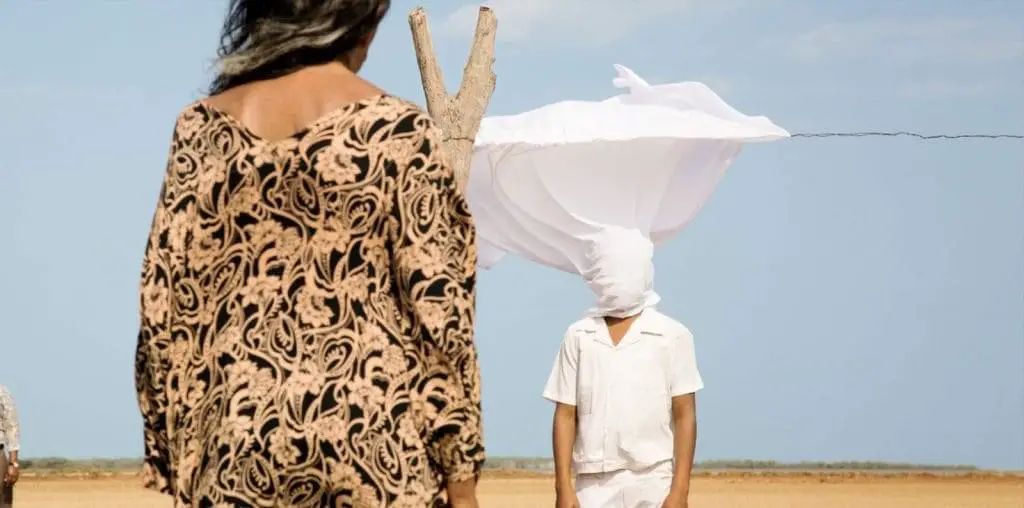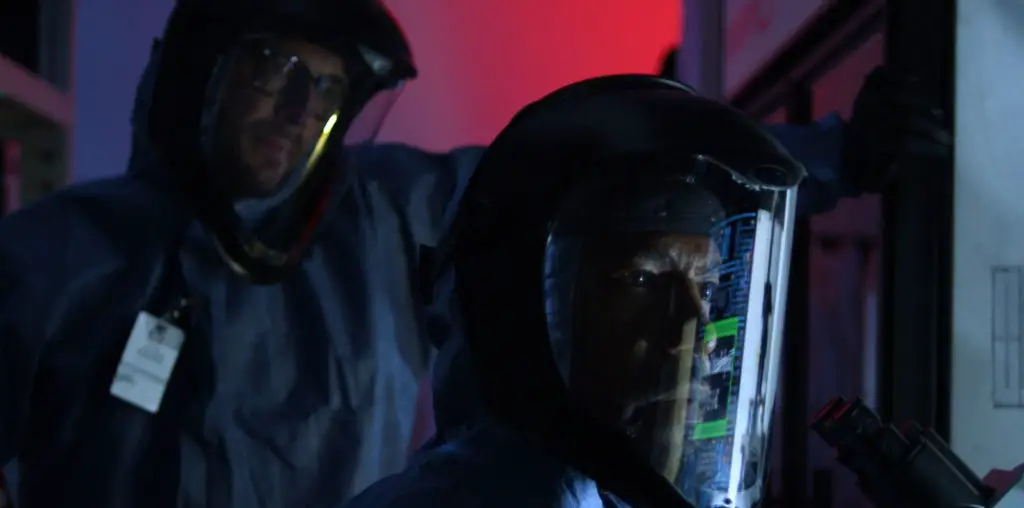
Over the course of the years, many odd and intriguing stories regarding famous films have popped up. Some are laughable, some are tragic, all have been accepted by many people as being correct, and none of them have a shred of truth in them. From D.W. Griffith’s heroic Klansmen to Jerry Lewis’ concentration camp clown, there have been too many urban legends roaming the cinema world. Let’s turn on the lights, open the windows, and see these legends for what they really are.
URBAN LEGEND #1. Woodrow Wilson OKs the KKK.
The legend: D.W. Griffith’s controversial 1915 Civil War epic “The Birth of a Nation” was the first motion picture to be screened in the White House. President Woodrow Wilson and selected guests were in the private audience that experienced the extraordinary production. Shortly after the screening, newspapers began quoting President Wilson as praising the film by comparing it to history written with lightning, adding that the film’s storyline (featuring a heroic Ku Klux Klan vanquishing sex-crazed former slaves) was “all terribly true.”
The truth: President Wilson was never quoted by any journalist on the subject of the film, which generated controversy almost immediately upon release for its callous racism and its wildly incorrect version of the Reconstruction Era in the post-Civil War South. In fact, the film’s controversial depiction of African-Americans was such a political hot potato that Wilson pointedly stayed away from making a public stance on the issue. The Wilson quote was actually traced to the wife of Thomas Dixon, who wrote the novel “The Clansman” on which Griffith based his film. Mrs. Dixon claimed the presidential praise was in a letter he sent to her husband, but Mrs. Dixon never made the letter public and later claimed it was lost. There has been no independent attribution on what President Wilson thought of this or any other movie.
URBAN LEGEND #2. Jewish-Americans force Hollywood to say “Nein” to “Olympia.”
The legend: When German filmmaker Leni Riefenstahl brought her documentary “Olympia” to Hollywood in 1939, she was met with a mass of protests from Jewish-American groups accusing her of being a Nazi propagandist. The fury and pressure brought on by the protests forced the Hollywood studios to refuse to distribute “Olympia” in America.
The truth: Riefenstahl was actually treated well in her pre-war visits to Hollywood and she even coordinated a private screening of “Olympia” at the home of Walt Disney. There is no evidence that any of the Hollywood studios showed any serious interest in acquiring the U.S. rights to “Olympia.” Considering the film itself–a three-and-a-half, two-part sports documentary with African-American runner Jesse Owens as the focus of celebration–any wide theatrical potential for the time was more than limited. “Olympia” did secure a limited U.S. release through independent distribution in 1940, at a time when World War II canceled the year’s Olympic events. There is no record of any attempt by Jewish-American groups to successful force the film out of theaters when it was shown in the U.S.
URBAN LEGEND #3. Bette Davis did not give a damn for “Gone with the Wind.”
The legend: Bette Davis was offered the role of a lifetime as Scarlett O’Hara in “Gone with the Wind” but turned it down.
The truth: Bette Davis was never offered the role, nor is there any evidence that she was seriously considered for the part. Producer David O. Selznick made it clear that he did not want a major star to play Scarlett O’Hara, which disqualified Davis from consideration. Davis would play a very different Southern belle in the 1938 “Jezebel,” which was obviously produced to ride the publicity bandwagon generated by “Gone with the Wind,” and the performance earned her the second of her two Academy Awards. Vivien Leigh, a British actress who was not widely known in the U.S., ultimately became Scarlett.
URBAN LEGEND #4. The suicide along the Yellow Brick Road.
The legend: A stagehand committed suicide during the filming of “The Wizard of Oz” by hanging himself from a tree in the haunted forest set. If you watch the film, you can see his body dangling in the background in the sequence where the Wicked Witch warns the Scarecrow and Tin Woodsman not to aid Dorothy.
The truth: No one killed himself on the set of the film. What many people believe to be the dangling body in the forest set is actually a large bird, either a stork or a peacock, whose presence is never acknowledged or explained by anyone in the film. The bird is clearly flapping its wide wings, which somehow became confused as the dangling body.
URBAN LEGEND #5. Jim Crow theaters cut out Lena Horne scenes.
The legend: During the 1940s, racist theater owners in the South routinely scissored out the musical appearances made by African-American singer Lena Horne in the all-star MGM musicals.
The truth: During the 1940s, major cities had their own censorship boards that could determine if films had to be edited before being screened. The censors in Memphis, Tennessee, took it upon themselves to remove Lena Horne’s sequence from “Ziegfeld Follies” because they felt the sultry singer’s presence was too provocative. That is the only recorded case of Horne being removed from a film outside of the studio editors. In fact, U.S. copyright laws prevent theater owners from editing films as they see fit.
More bullshit dispelled in part two of THE 10 BEST URBAN LEGENDS IN FILM HISTORY>>>

